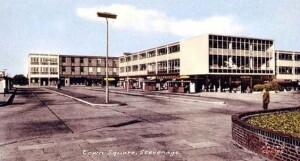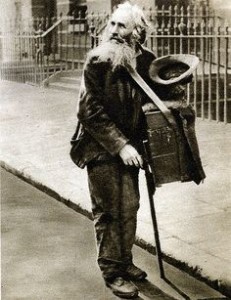 Over the years New Towns have received a bad press. They are regarded as too large and unwieldy in contrast to small, more intimate developments, such as Prince Charles’ Poundbury ( called by some Poundland) in Dorset and Cambourne in Cambridgshire. The last major New Town in England was probably Milton Keynes, which was begun in the sixties and took its inspiration from Stevenage New Town.
Over the years New Towns have received a bad press. They are regarded as too large and unwieldy in contrast to small, more intimate developments, such as Prince Charles’ Poundbury ( called by some Poundland) in Dorset and Cambourne in Cambridgshire. The last major New Town in England was probably Milton Keynes, which was begun in the sixties and took its inspiration from Stevenage New Town.
To the Mass Observation enthusiast George Hutchinson, the concept of building a New Town in the centre of the Hertfordshire countryside must have appeared distinctly exciting a year after the end of the Second World War. Clearly those who had been bombed out of such London suburbs as Walthamstow, Leyton, Edmonton and Tottenham needed to be properly re-housed in a part of rural England that was familiar to them. Instead of providing these Londoners with new housing in their locality, thus perpetuating the problem of insalubrious overcrowding and the overloading of urban transport systems (the car-owning generation was yet to develop), the planners envisaged new developments, close to old-established communities ,which were blessed with good existing transport systems, and with enough land that would provide for new industries, shops parks and houses with gardens. No longer would workers need to commute; everything would be provided within the boundaries of the New Town. Continue reading

